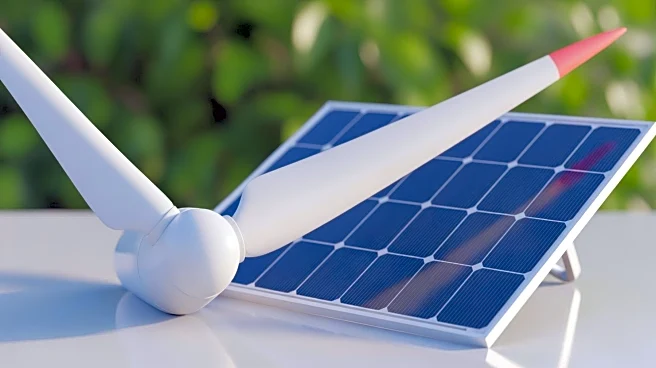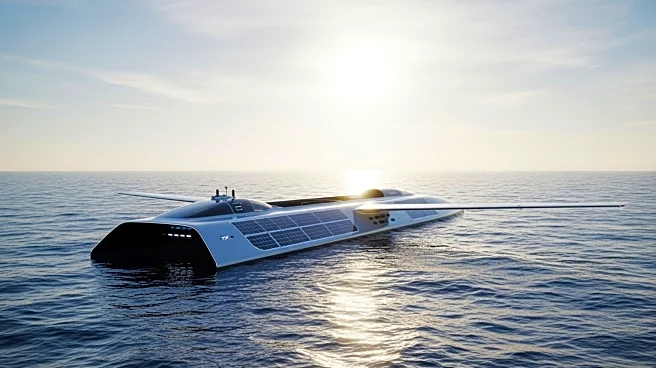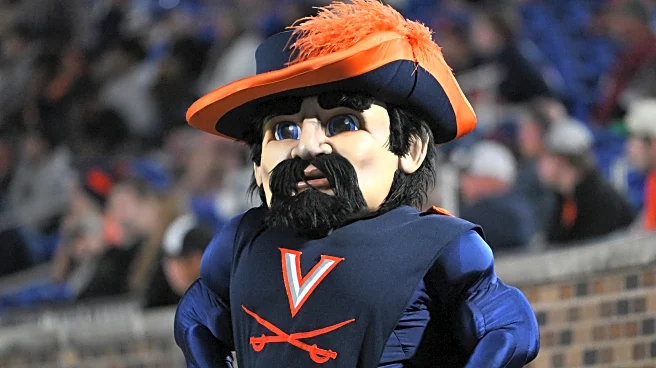What's Happening?
In West Virginia, the integration of sheep grazing with solar power plants is gaining traction as a sustainable land management practice. The global firm Enel is planning a 100-megawatt solar power plant in Brandonville, which has been fast-tracked by
the West Virginia Public Service Commission. Meanwhile, Mon Power, a branch of FirstEnergy Corp., has employed 350 sheep to manage vegetation at an 18.9-megawatt solar plant in Maidsville. This practice, known as solar grazing, allows for dual land use, supporting both energy production and agricultural activities.
Why It's Important?
The adoption of solar grazing in West Virginia represents a shift towards more sustainable and efficient land use practices. By integrating agriculture with renewable energy production, solar grazing offers environmental benefits such as improved soil health and reduced carbon footprint. This approach also provides economic opportunities for local farmers, who can lease land for solar arrays and benefit from additional revenue streams. As West Virginia seeks to diversify its energy portfolio, solar grazing could play a key role in balancing energy needs with agricultural preservation.
What's Next?
As solar grazing gains popularity, more solar developers may adopt this practice to enhance the sustainability of their projects. The success of current initiatives could encourage further investment in renewable energy in West Virginia, potentially leading to increased solar capacity in the state. Stakeholders will likely monitor the impact of solar grazing on local ecosystems and economies, as well as its potential to influence energy policy and land use planning.
















